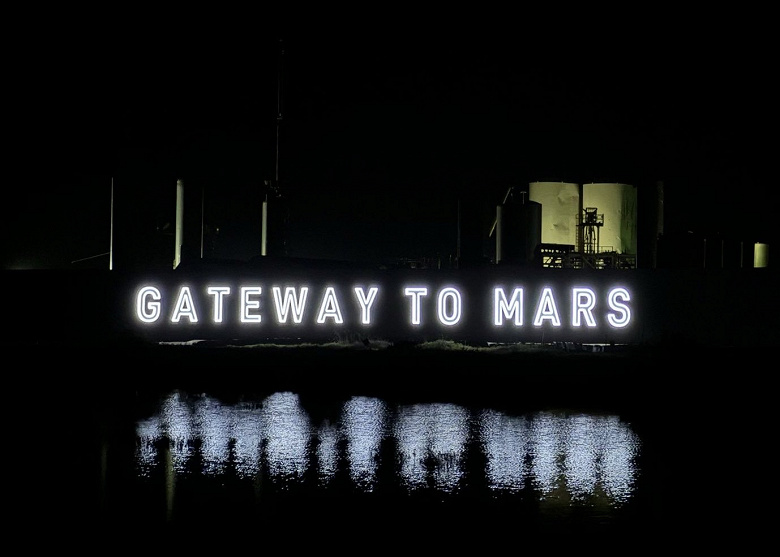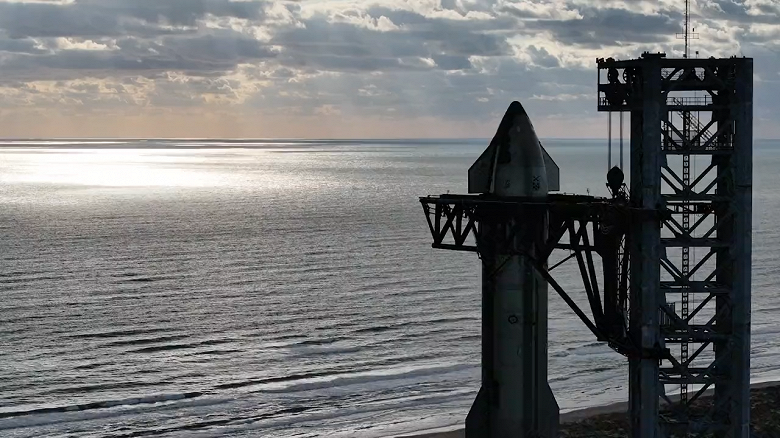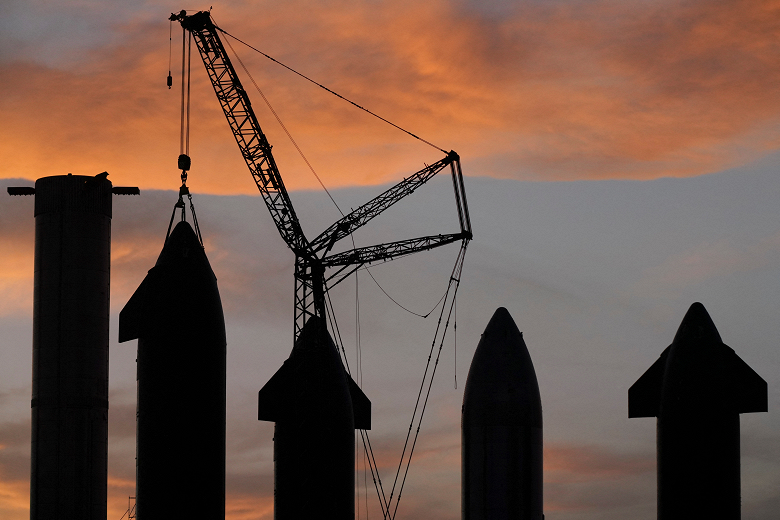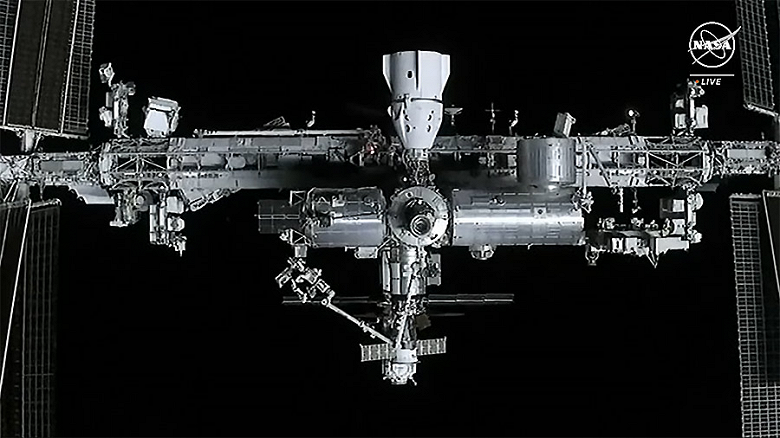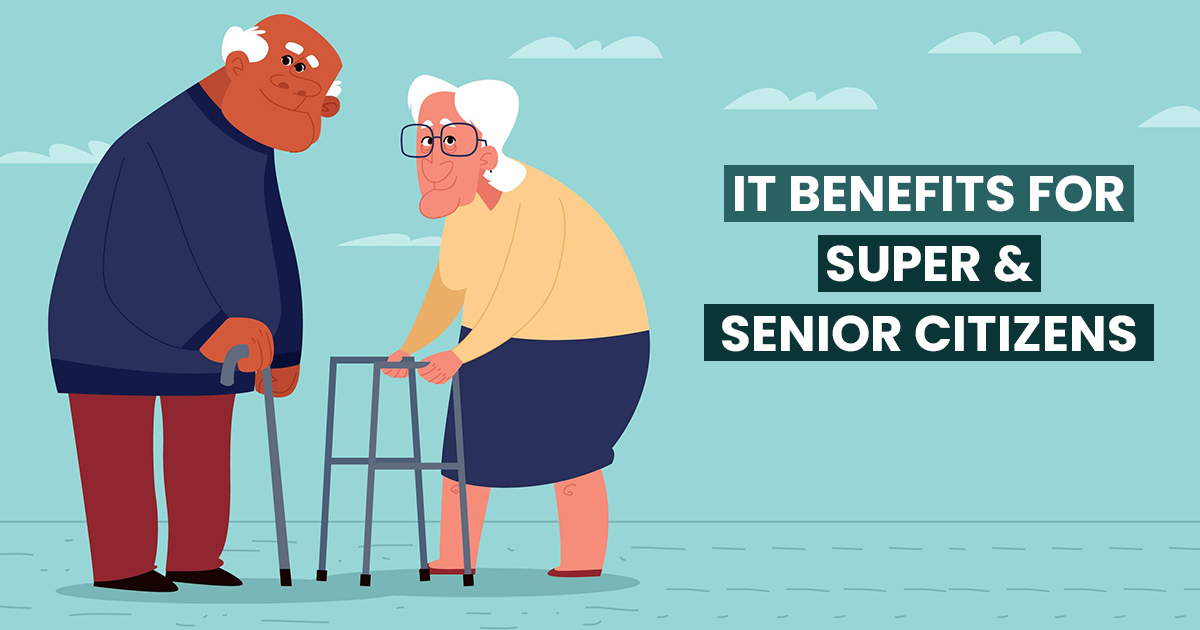Video: SpaceX first fired a vacuum version of the Raptor engine for Starship
An important part of the new SpaceX Starship spacecraft has passed the first test. This is a version of the conventional Raptor engine for use in space vacuum. It successfully passed the first fire tests at the SpaceX site in McGregor, Texas, as reported by company representatives on Twitter.

